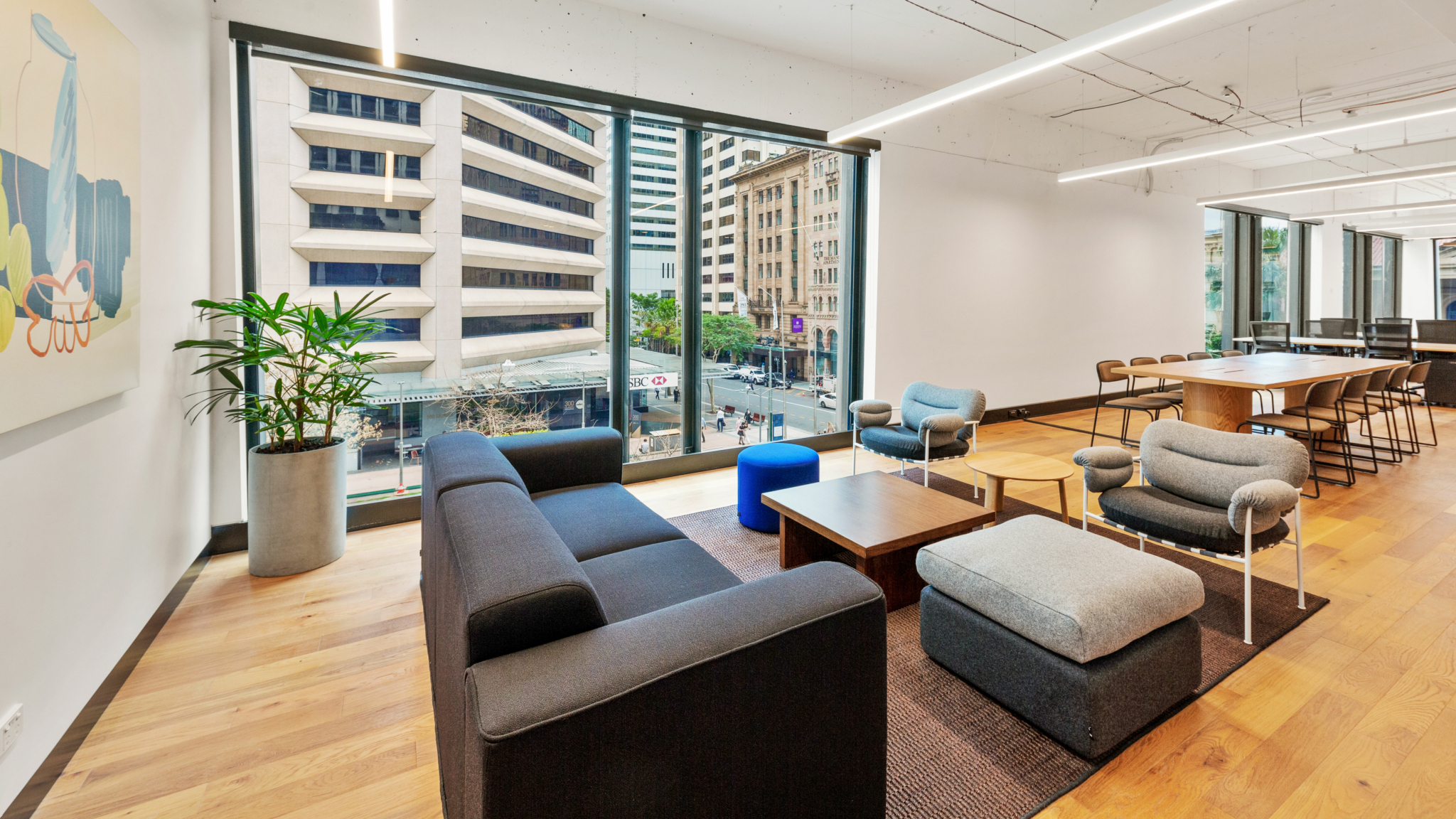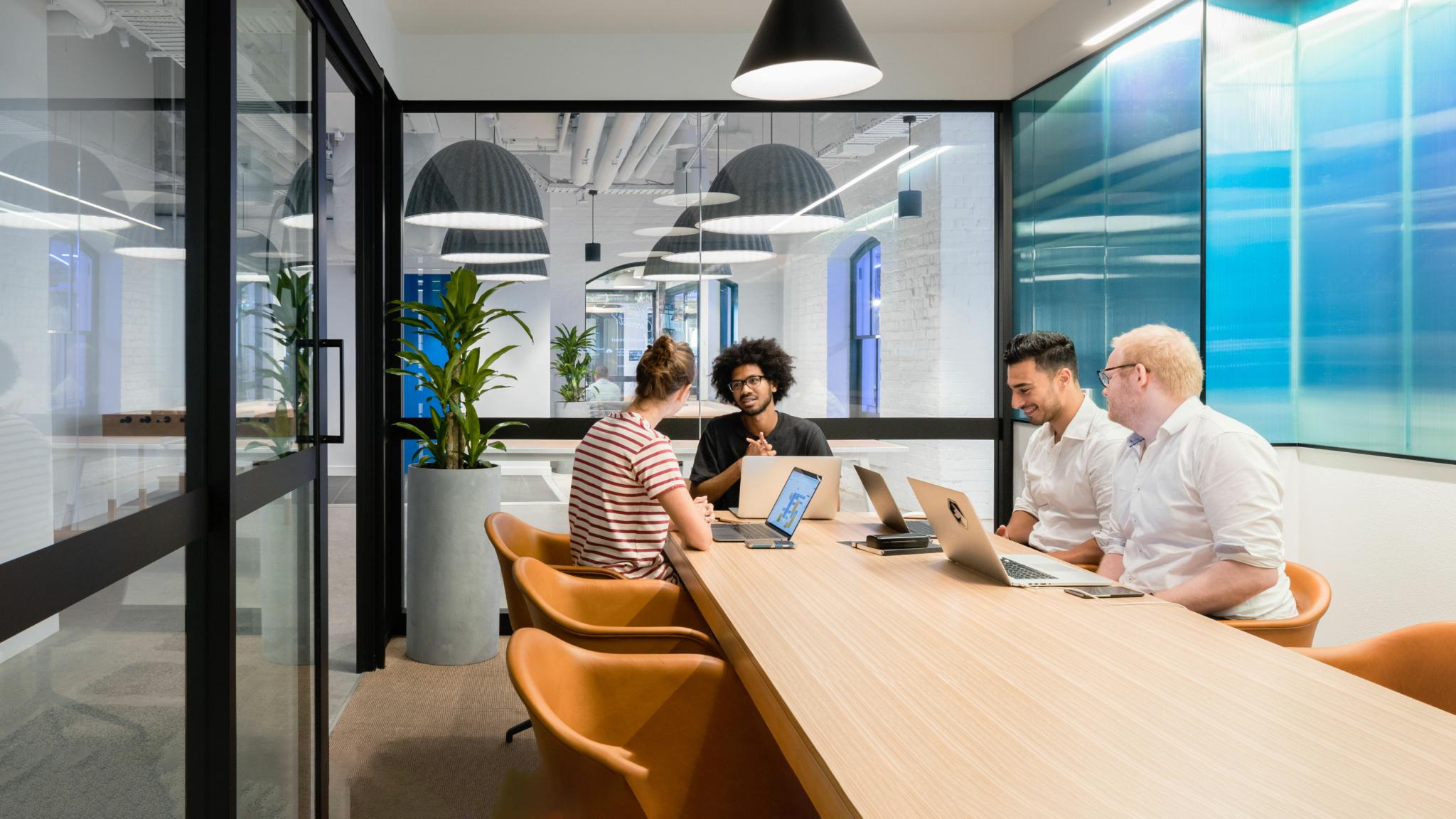After a decade spent overseeing healthcare operations everywhere from remote Australia to the offshore oil platforms in the North Sea, Dr. Mark Parrish of International SOS has found that every health crisis stems from a common problem.
“You need to have a plan,” Dr. Parrish says. “And you need to be able to make decisions based on that plan—quickly.”
That philosophy is one of the reasons that WeWork is working with Dr. Parrish and International SOS, a health and security services firm, to create comprehensive health and safety protocols to reduce the risk of COVID-19 in all of its locations. WeWork’s health and safety efforts were recently awarded a Global Certificate of Conformity from Bureau Veritas, an internationally recognized testing, inspection, and certification organization. We talked to Dr. Parrish about how International SOS is helping organizations prioritize safety during the pandemic, and what all building operators should know about best practices when it comes to COVID-19 prevention.
WeWork: With people returning to the office, what should building operators be doing to prioritize safety?
If you think about risk within an office at the moment, COVID-19 has become the leading concern. We know that when managing COVID-19, you need a layered approach. To decrease risk you need to have a policy about masks, you need to make sure you’re enforcing social distancing and regular hygiene, that you’ve reviewed your ventilation systems to make sure they’re clean and they’re not passing COVID-19 around the workplace. Those are some of the key areas that we look at.
Then, vitally, you need to have a plan in place for dealing with a case. If you have a case in your workforce or in one of your locations, how do you deal with that? Do you need to do your own contact tracing, or do you rely upon the local health systems’ contact tracing? Generally, we would recommend that organizations have their own contact tracing set up, because often the public system may not go down to the level of detail that you may wish.
Are there any surprising risks for building operators? Any risks that are more difficult to identify?
I think that now most building operators are aware of the risks. And by using experts such as ourselves, they have looked at what they’re doing and have made some changes to their building environments. The main things that surprise us aren’t the buildings and the environment, but the people coming into it and their complacency, forgetfulness, and lack of adherence to the rules. That’s what continues to surprise us.
I’ll give you an example. We did a video walk-around of a facility (not a WeWork location) the other day, and we, very diplomatically at the end of the walk-around, said, “Look, you know, this is fine—but I was surprised to see that those two people in the canteen who had moved their chairs to sit right next to each other had taken their masks off, despite all of the signage.” That’s the stuff that still surprises us.
Building operators have been doing things like improving HVAC systems, but what about the softer, more social, and psychological ways to improve health and safety?
It’s the continual psychological prompts that are so important, to remind people of the risks and the actions to take to avoid those. In some cases temperature screening can work well if it’s an appropriate option: There’s little if any science behind it, as lots of COVID-19 cases have no symptoms and people have temperatures for all sorts of other things apart from COVID-19. So as a reliable way to pick up the disease it’s not good. But it reinforces the message in your mind. I went up to our clinic in Scotland, and we temperature-screen everybody who comes in there, along with a questionnaire of information including symptoms and contacts. It was fascinating when I thought about my own mental response to that. It just made me think a little bit more about the potential danger I could be putting others in if I were carrying the COVID-19 virus.

You also need to subtly change people’s mental attitudes to make them keep thinking about these things, such as consistent signage, an incentive program where you say, “Look, if you can pick out any issues we’re missing, we’ll give you an incentive.” Or, giving individuals the ability to look around their workforce and find areas where they think there may be gaps. Those are the things that seem to work well.
Then, of course you’ve got to make sure it’s applicable to local cultural mores. What may work in the U.S. and the U.K. may not work quite so well in parts of Asia. So you’ve got to adapt.
What’s one thing that a lot of building operators could do in the short term to improve their COVID-19 safety regulations?
Check that layered approach, check your building ventilation. Do a walk-around and see if there’s anything else you can spot. And I would say don’t do it by yourself, because you have probably been involved in this since day zero and you may not see the forest for the trees. Get somebody else to do it for you who understands the risks and the most up-to-date information. Fresh, expert eyes could be the difference between spreading the virus or stopping it in a building.
What’s a change brought about by the pandemic that you’d like to see made permanent going forward?
Make sure you have a plan for the next pandemic, because there will be another one. I think if you go back to what we have been surprised about, it was how many organizations did not have a plan. If I were to have one message to organizations for the future, it is to make sure your pandemic planning is rock-solid for the next one, because it will happen—it’s just a matter of time.
T.M. Brown is a journalist, writer, and podcast host based in New York.
Rethinking your workspace?










